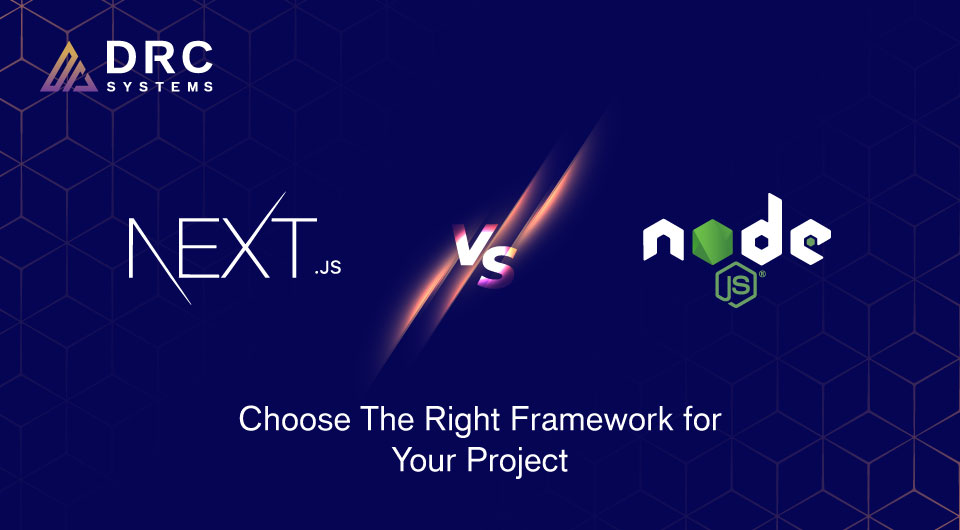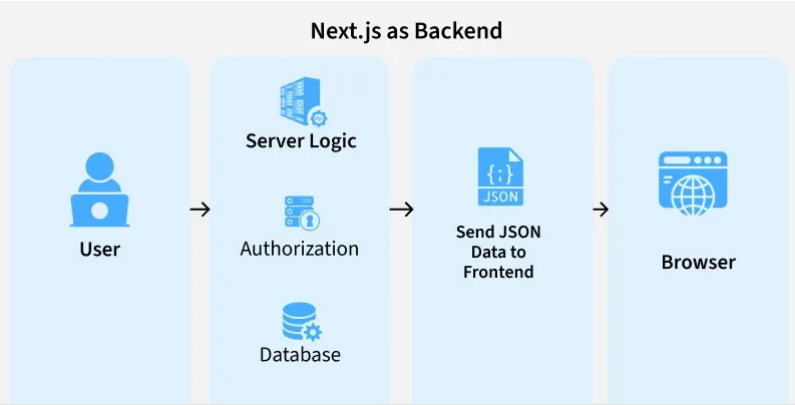Related Articles
Top 9 .Net Trends Dominating 2022
ASP.NET and ASP.NET Core are the two most loved and preferred frameworks that offer security, flexibility, and faster development of websites and web applications. Here are the top 9 .NET trends that are making waves in 2022.
Read The PostA Comprehensive Essential Guide for the Vue.JS Front-End Framework
As the front-end development landscape is evolving, so are the JavaScript frameworks with more advanced and cutting-edge features to make…
Read The Post10 Best PHP Frameworks That Are Setting New Trends in 2022
PHP remains one of the most popular programming languages. Here are the top 10 PHP frameworks that influenced its growth in 2022.
Read The Post





